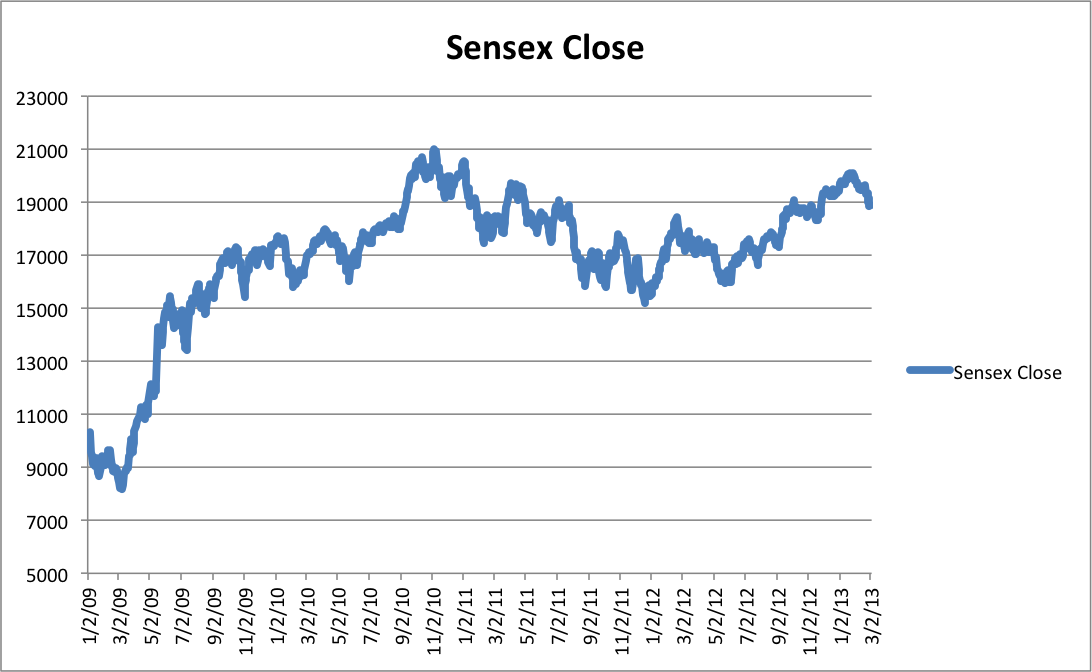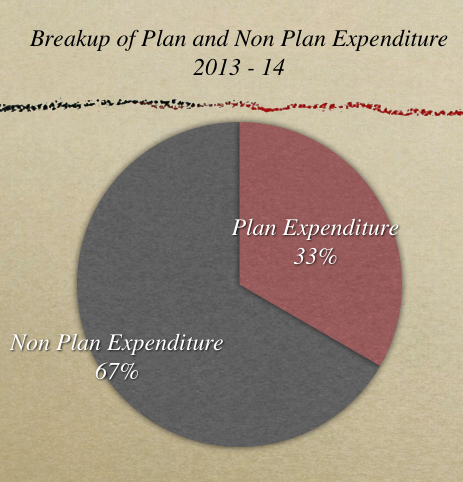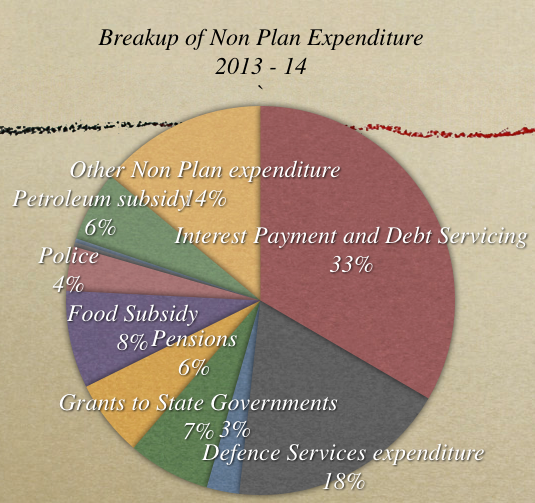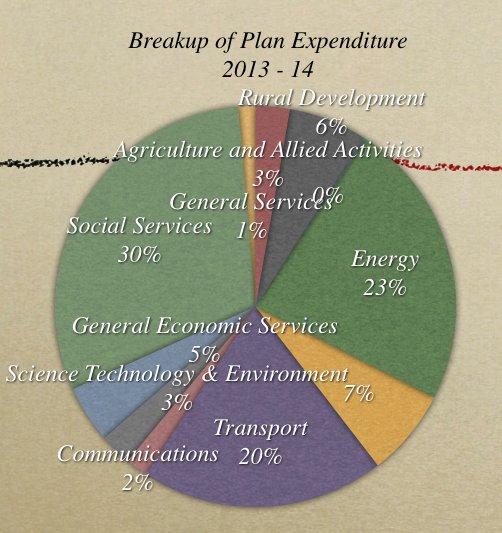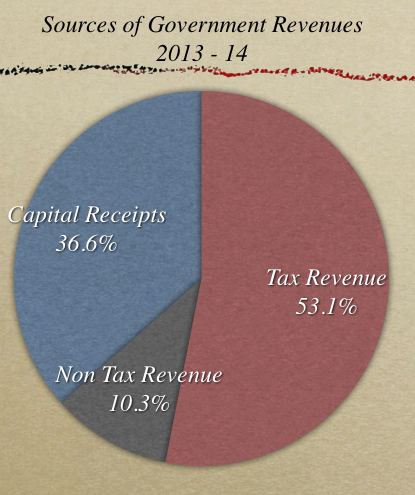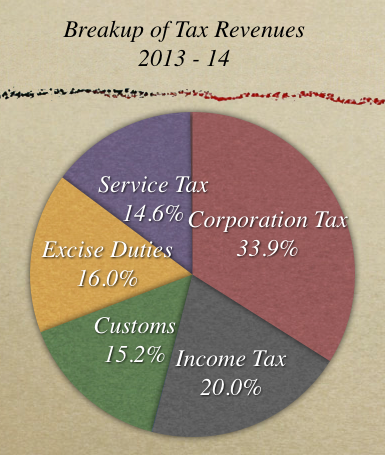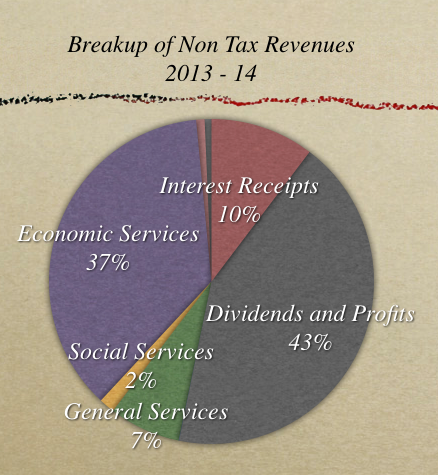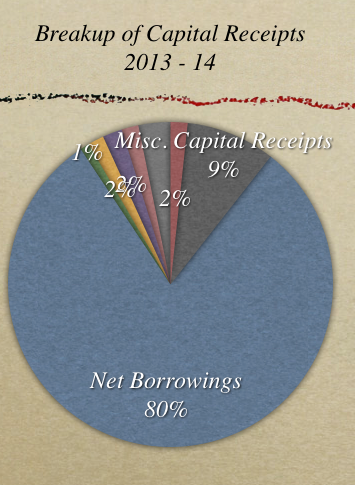One of the more unpopular things from the recent budget was increasing the Dividend Distribution Tax (DDT) from 12.5% to 25% on all debt mutual funds from 1st June 2013. (Clause 29, Budget Memorandum)
Mr. K Srinivasan had the following question:
Hi Manshu,
Query Subject: Recent Budget-2013 change of DDT from 13% to 25% for Debt Funds
In the recent Budget-2013 PC has increased the DDT tax on Debt Funds from approx 13% to approx 25% . This has made Returns from investments in these Debt Funds, (esp for retirees with Monthly or Quarterly Dividend Payout options for having regular income) in these Debt Funds (vis-a-vis Bank FDs) unattractive. This may be affecting even Debt Conservative i.e. MIP funds?
My questions are:
1) Which classes of Debt Funds are affected?
2) What remedial action is suggested?Some people have suggested switching toGrowth Option and then use SWP to get regular incomes. Is that a good option? If so, when to switch to Growth and what aspects to take care while doing so in terms of Short-Term Capital gains, Exit load windows etc.??
Would welcome a comprehensive reply on this topic. If already covered please proved a pointer link.
K. Srinivasan
Prior to this change, only liquid funds had a DDT of 25% while all other debt funds had a DDT of just 12.5%. DDT is charged when the mutual fund declares a dividend and is paid by the mutual fund and not the investor. Now all types of debt mutual funds will have to pay 25%.
This will of course still reduce the income of the mutual fund unit holder as the mutual fund will have to declare a lower dividend and the unit holders will now get lower income.
To understand how this will affect returns, let’s take a look at how SBI Dynamic Bond Fund (D) paid out dividends in the last year.
Here is the dividend history.
| Date |
Rs. / Unit |
| 26-Dec-2012 |
0.21 |
| 26-Sep-2012 |
0.21 |
| 26-Jun-2012 |
0.21 |
| 30-Mar-2012 |
0.19 |
SBI had to pay a 12.5% DDT every time it declared the dividend and had there been zero tax on dividends, SBI would have declared a Rs. 0.24 dividend instead of a 0.21 dividend and a 0.22 dividend instead of a 0.19 dividend.
This can be seen in the table below, and you can also see what effect a 25% dividend will have on this return.
| Money Available for Dividend | DDT at 12.5% | Dividend to unit holders | DDT at 25% | New Dividend to unit holders |
| 0.24 | 0.03 | 0.21 | 0.06 | 0.18 |
| 0.24 | 0.03 | 0.21 | 0.06 | 0.18 |
| 0.24 | 0.03 | 0.21 | 0.06 | 0.18 |
| 0.217 | 0.027 | 0.19 | 0.05425 | 0.16275 |
| Total Old Dividend | 0.82 | Total New Dividend | 0.70 | |
| Difference | 14.3% |
There is apparently a surcharge also so you can see this is a meaningful impact, and it would be good if there were a way to avoid this extra hit.
In order to explore that you need to take a view on how short term, long term and dividend distribution taxes are charged on debt funds. Here is a table that shows that.
| Asset Class | Classification as Short term or Long term | Long Term Capital Gains | Short Term Capital Gains | Dividend Distribution Tax |
| Debt Mutual Fund | Less than a year is short term and more than a year is long term | 10% without indexation or 20% with indexation whichever is lower plus surcharge and cess | Gains taxed on investor’s slab. | 25% |
Based on the table above the following things come to mind:
Don’t Incur Short Term Capital Gains
Short term capital gains on the highest bracket can be upwards of 30% so there is no point in selling your dividend oriented units because of this rule change, and incurring those taxes. Let the units be at least a year old before you sell them so you incur long term capital gains, and not short term capital gains.
Tax Arbitrage between FDs and Debt Fund Not Completely Eliminated
The idea of bringing out this higher DDT rate is to close down the arbitrage between fixed deposits and debt funds due to the difference tax rates. And while this step largely does so in terms of dividend plans, it doesn’t do so for the growth option of the same mutual fund and the growth option is still more tax efficient than a fixed deposit.
Growth Option of Debt Mutual Funds is the Best Option
Given all these things, I feel that if you owned a debt mutual fund with a dividend option right now, your best bet is to change that to the growth option, and then either redeem units periodically or choose a Systematic Withdrawal Plan (SWP).
Other than that, I don’t see how you can avoid this tax incidence, and with this higher tax rate, I don’t see a reason to stick to the dividend option, and definitely no reason to buy new units of dividend oriented funds.
Short Term Capital Gains and Exit Loans
If you are stuck in this situation, you have to be mindful of the fact that you own the funds for at least a year so you don’t incur any short term capital gains by selling them now, and then most of these funds also charge a 1% exit load if you redeem within a year and you will be hit by that as well. So these two things should be given a lot of importance before making any decision.
Conclusion
Unfortunately, there is not much you can do in this situation, and the only other thing that I can think of is to increase exposure to tax free bonds because other than that all instruments do have a fairly high tax incidence. The main drawback of those is that you get the interest only once a year and if you were depending on them for regular income then that will not work. The rate of interest is lower than debt funds too but then post tax, it may match up or be a bit higher, and there is no uncertainty of returns with those as well.
Update:Â
Pankaj Jariwala wrote in with the following information, which I thought was useful to know,
hello
Many mutual funds do not charge exit load if you simply change the option from dividend to Growth. One may confirm this with the mutual fund he/she is holding
But your date of investment (for capital gain purpose) will be from the date you change your plan from dividend to Growth
so do keep the above things in mind too
thanks
pankaj
This post was from the Suggest a Topic page.

